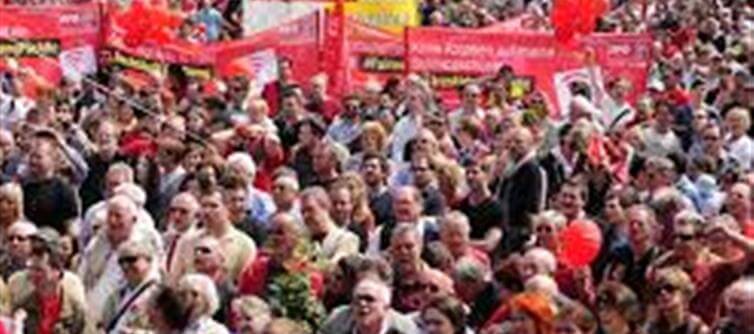
Workers around the world are celebrated for their contributions, but the dates and histories differ. While May Day (1 May) is observed globally, the United States honours its workforce on the first monday of September. Here’s a closer look at the distinctions, origins, and reasons behind these dates.
1. What is Labor Day in the United States?
- Labor Day is a federal holiday in the US to recognize the contributions of American workers and the labour movement.
- It celebrates trade unions, workers’ rights, and the hard work of employees across sectors.
- In modern times, Labor Day has become a time for parades, picnics, and family gatherings, in addition to acknowledging the labour force.
2. The Origins of US Labor Day
- Labor Day emerged during the late 19th century Industrial Revolution, a period of long hours, low pay, and unsafe working conditions.
- Labour unions and activists began demanding better wages, reasonable hours, and safer workplaces.
- On Tuesday, september 5, 1882, the first Labor Day holiday was celebrated in New York City, organized by the Central Labor Union.
- Since then, it has been observed annually on the first monday of September to provide a long weekend and a nationwide celebration.
3. What is May Day?
- May Day, also called International Workers’ Day, is observed globally on May 1.
- Its roots lie in the Haymarket Affair of 1886, when a peaceful rally in Chicago advocating for an eight-hour workday faced violent suppression.
- In 1889, socialists and trade unions in Europe designated May 1 as a day for workers to demonstrate and campaign for labour rights.
- Today, May Day is celebrated in over 80 countries, often with marches, rallies, and speeches highlighting workers’ rights and labour issues.
4. Why Doesn’t the US Celebrate May Day?
- May Day has historical associations with socialism and political unrest.
- Former US President Grover Cleveland and other leaders wanted a more neutral and non-political way to honour workers.
- They chose September as a safer alternative to celebrate labour achievements without the political tensions associated with May Day.
5. Key Differences Between Labor Day and May Day
Feature | Labor Day (US) | May Day (International) |
Date | First monday of September | 1 May |
Origin | Celebrates American labor unions and workers’ rights | Commemorates global labor movement & Haymarket Affair |
Political Association | Neutral, non-political | Linked to socialism and labour protests |
Traditions | Parades, picnics, family gatherings | Rallies, demonstrations, workers’ marches |
Historical Context | Industrial Revolution in the US | Global fight for 8-hour workday and labour reforms |
Purpose | Honour contributions of American workforce | Advocate for workers’ rights worldwide |
6. Shared Purpose, Different Paths
- Both holidays honour the struggles and achievements of workers.
- While May Day focuses more on activism, protests, and policy advocacy, Labor Day has shifted toward recognition, leisure, and appreciation.
- They reflect how historical, political, and cultural contexts shape the way societies celebrate labour.
7. Modern-Day Observances
- In the US, Labor Day is now a long weekend festival with parades, BBQs, shopping sales, and family outings.
- May Day remains a symbol of solidarity in many countries, with workers marching for fair wages, rights, and social justice.
8. Final Takeaway
- Labor Day and May Day both honour workers but through different historical lenses.
- The US chose September for political neutrality and to give citizens a long weekend for celebration, while the rest of the world continues to mark May 1 as a day of activism and remembrance.
- Understanding these distinctions highlights how workers’ rights and labour movements are celebrated globally, adapting to cultural and political contexts.
.jpg)




 click and follow Indiaherald WhatsApp channel
click and follow Indiaherald WhatsApp channel